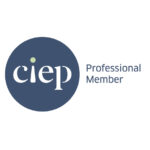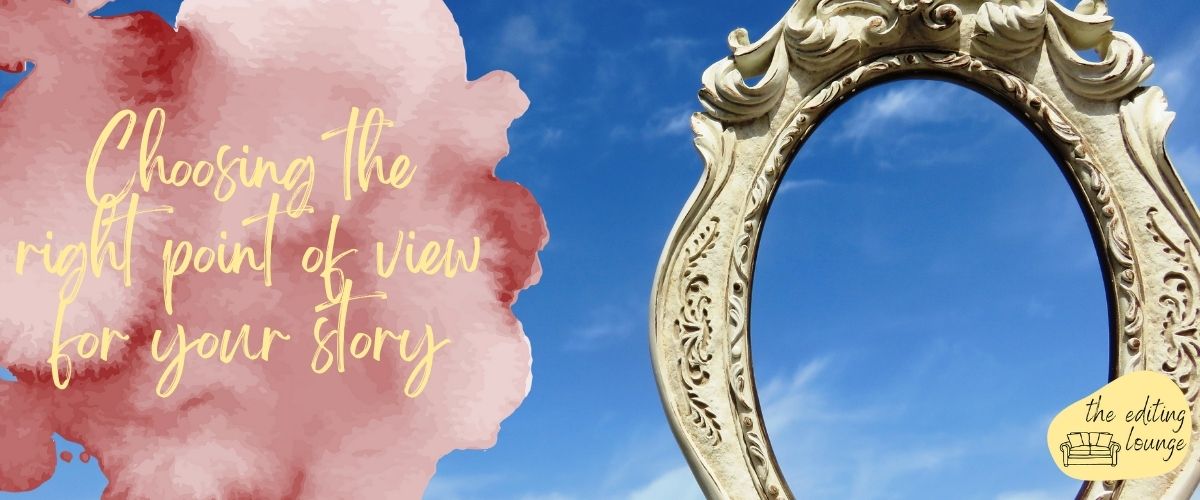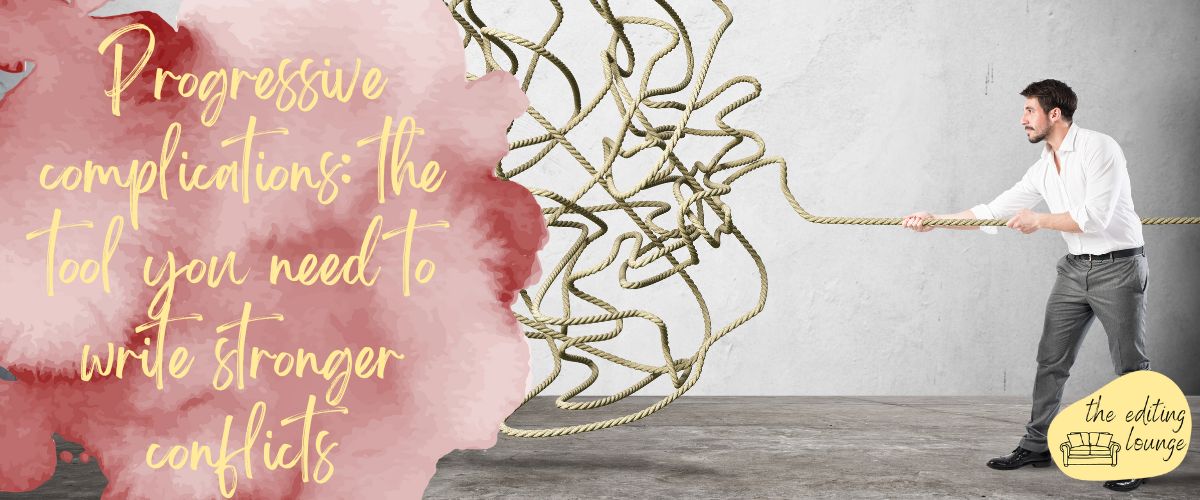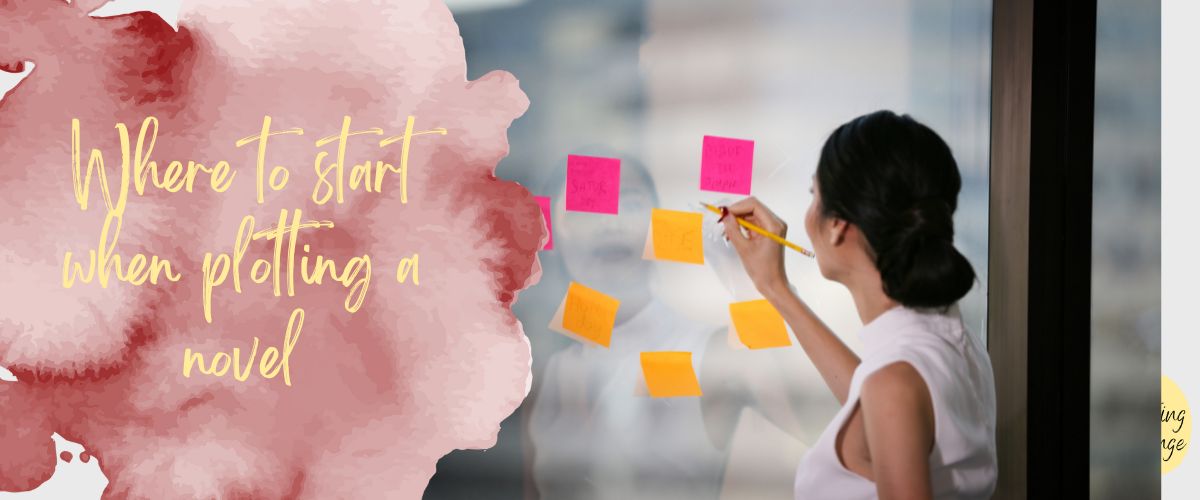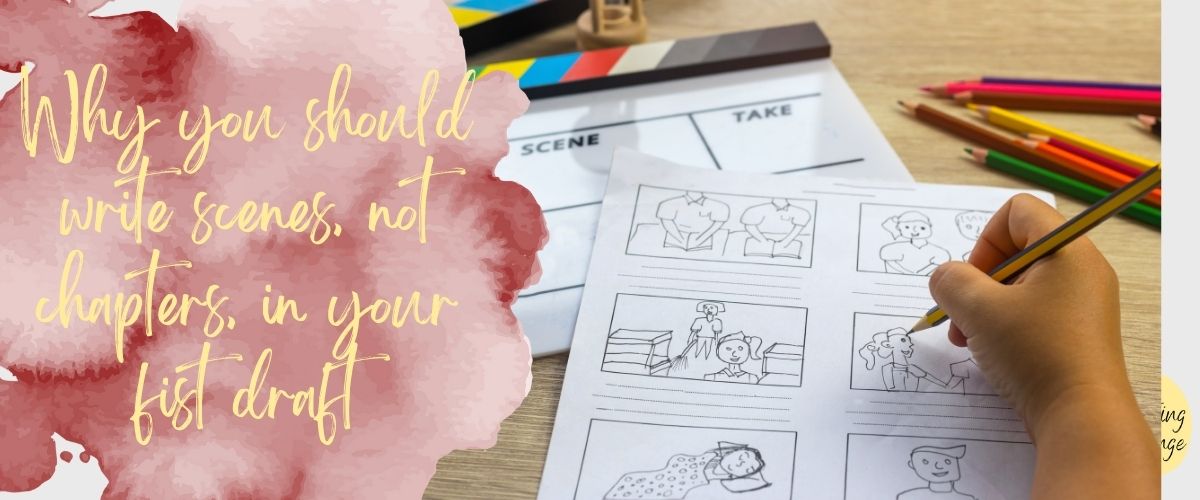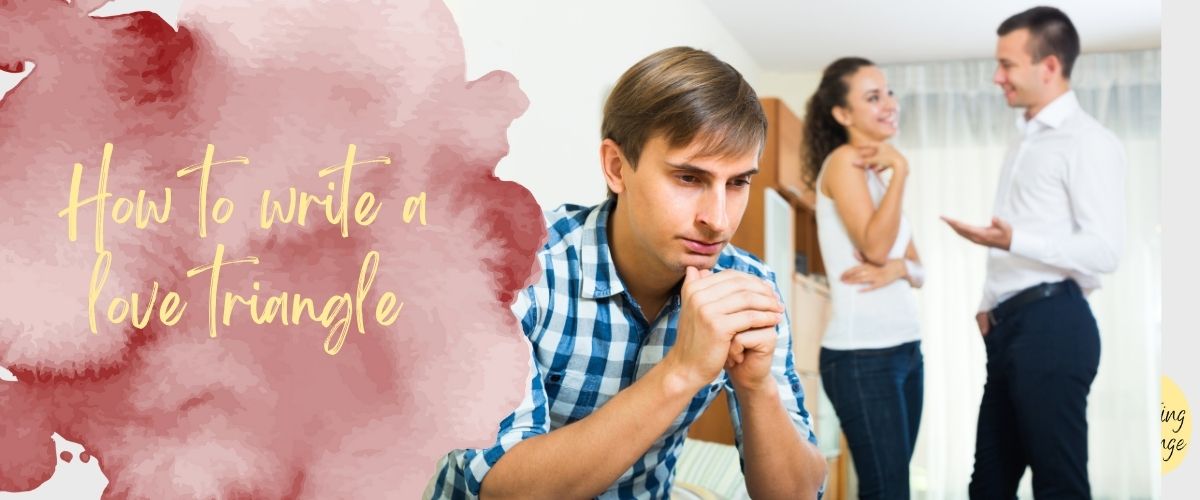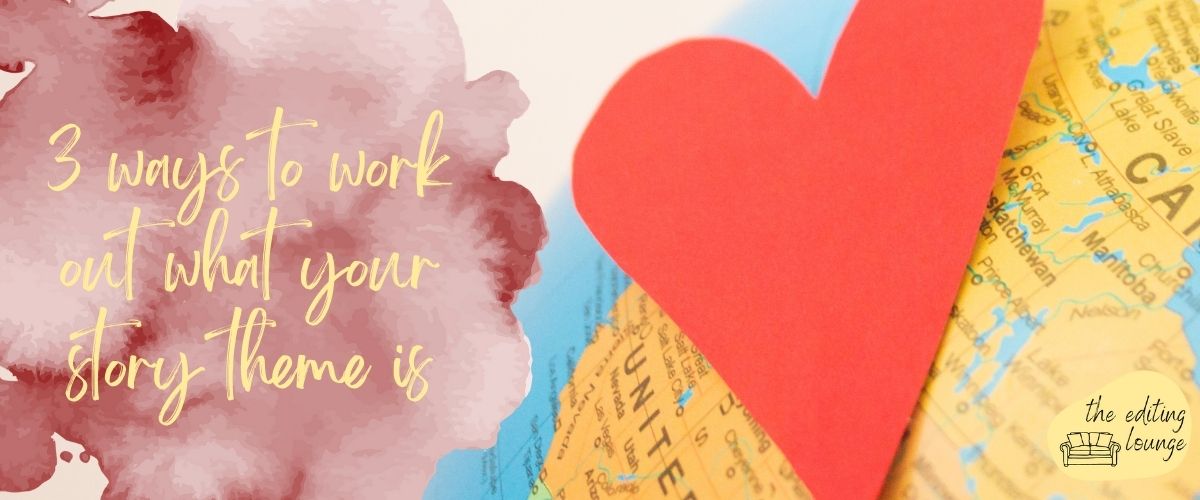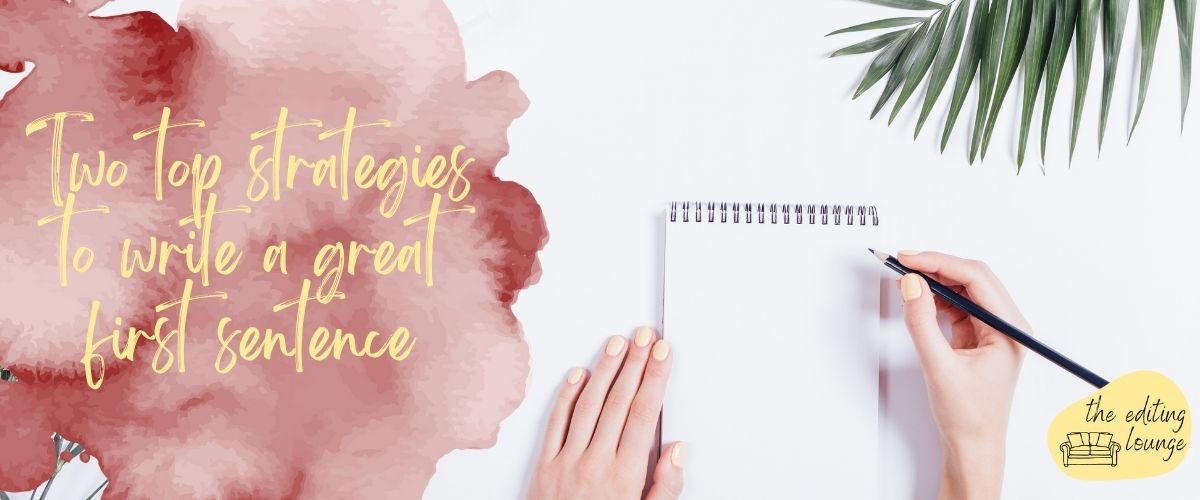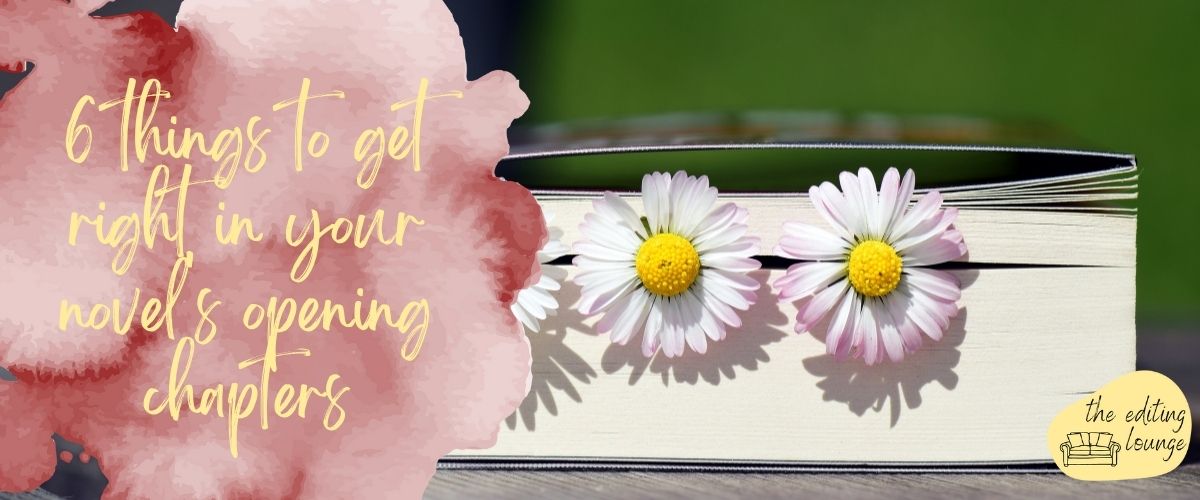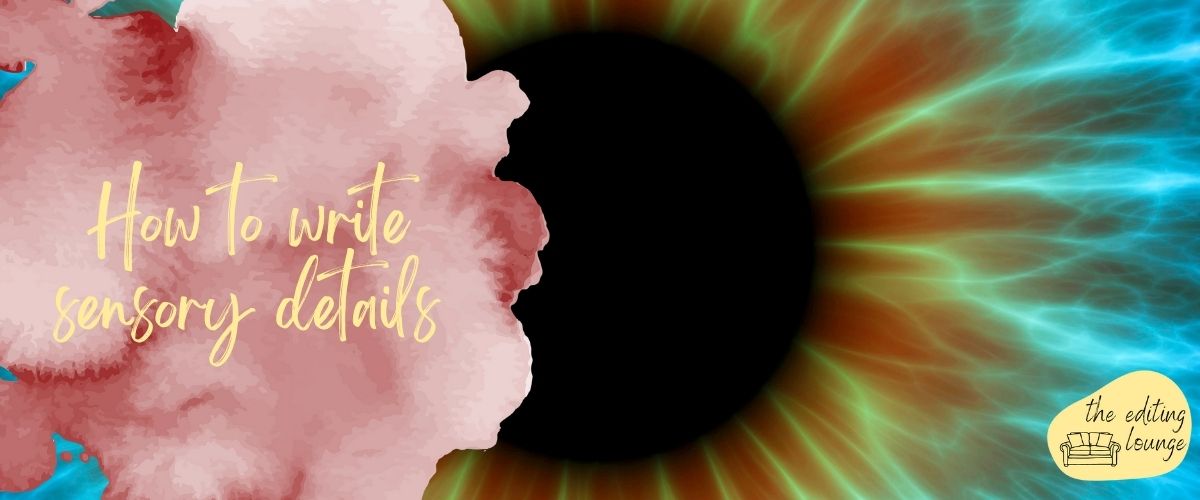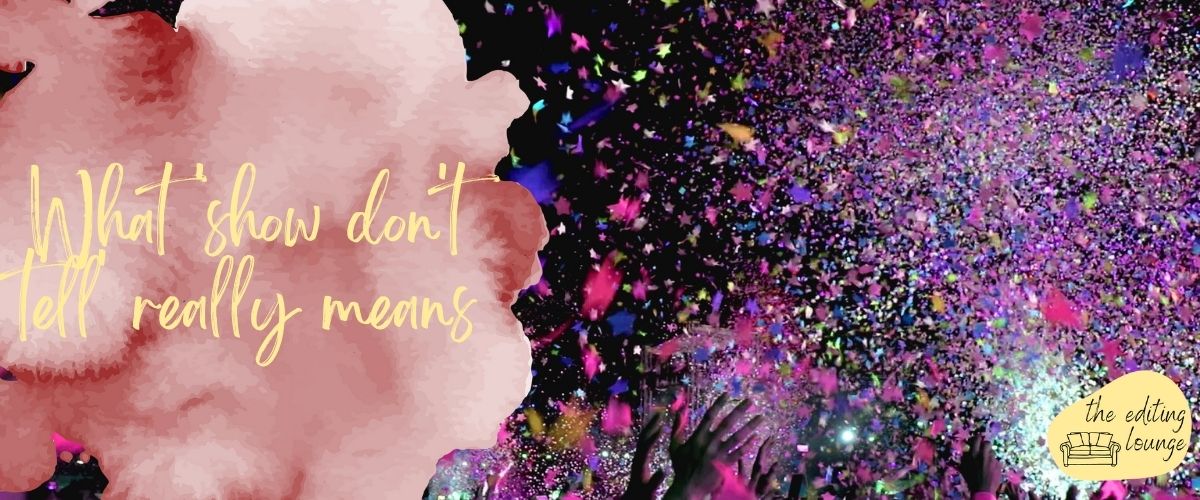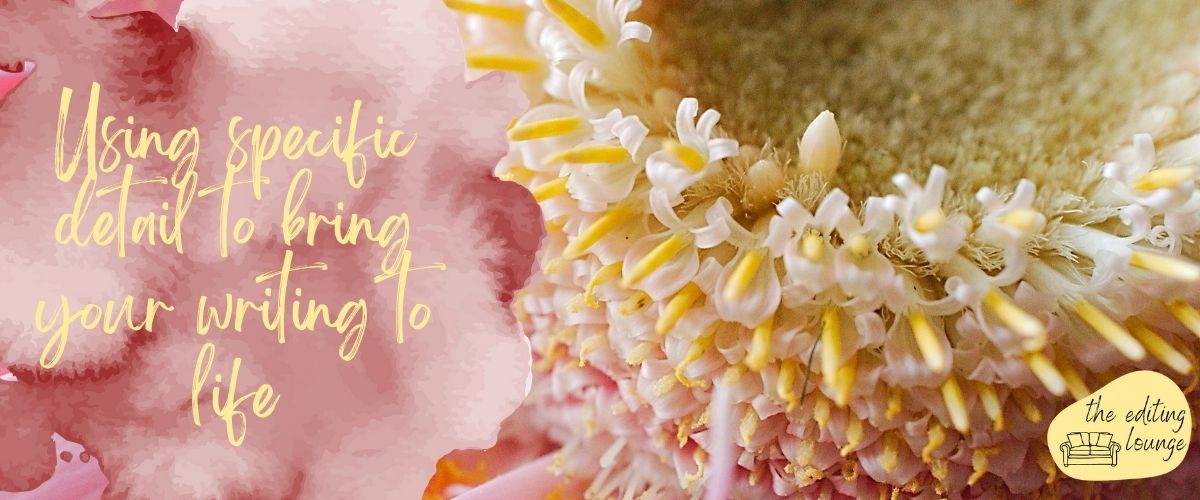At its simplest level, ‘point of view’ refers to the narrative viewpoint/perspective you use to tell your story. Choosing a point of view should depend on who your narrator is and what their attitude to the story is.
For example, if your novel is about a woman who murders her husband, you could tell the story from her perspective. Or you could tell the story from the perspective of the detective who’s struggling to solve the investigation. Or from her husband watching from the afterlife. These are just a handful of the angles you could explore here.
So, you need to make a conscious choice about point of view. But how do you know which narrative viewpoint is best for the story you’re telling?
These are the five points of view you can choose from and the reasons why you might opt for each.
The five points of view
The five points of view are:
- First-person
- Second-person
- Third-person limited
- Third-person omniscient
- Multiple.
First person, second person, and third-person limited allow readers to see characters’ direct thoughts. Meanwhile, third-person omniscient and multiple narrative viewpoints let readers join their own dots about characters’ intentions.
We’ll delve into each of these below.

First-person point of view

If you’re using first-person point of view, your narrator uses the pronoun ‘I’ or ‘we’ to tell the story.
This narrator is usually a character in the book, often the main character. That said, any character can tell your story. Or the narrator could be the author.
First-person narrative allows your narrator to speak directly to the reader, use emotional diction, creative language, and regional dialect.
The biggest benefit of first-person narration is that it offers the most intimacy. If you’ve got a fascinating character, hearing their take on the events can really lift your story. And if their voice is compelling, you’re even more likely to hook readers.
However, first-person perspective traps you in the head of one character. You don’t have access to other characters’ thoughts. So, it’s important that your first-person narrator is a character that both you and your readers want to spend time with.
Books with a first-person point of view:
- The Great Gatsby, F. Scott Fitzgerald
- Moby Dick, Herman Melville
- Sorry to Disrupt the Peace, Patty Yumi Cottrell.
Second-person point of view
Second-person point of view isn’t as common as first- or third-person narration. This approach is typically quite a literary one. The narrative style positions the reader as the viewpoint character and tells them what ‘you’ are doing, thinking, or feeling.
Like first-person point of view, second-person narrative offers a huge level of intimacy and is ideal if you’re hoping to involve readers in your story and make them feel emotional intensity.
This technique is difficult to pull off well, especially in a longer work. Therefore, it’s more common in short fiction and experimental works.
Books with a second-person point of view:
- Bright Lights Big City, Jay Mcinerney
- Spill Simmer Falter Wither, Sara Baume
- The Sound of My Voice, Ron Butlin.

Third-person limited point of view

Third-person limited point of view is one of the most common variations of third-person narrative. This perspective only gives readers access to one character’s thoughts, much like first person, but you still tell the story in the third person.
The narrative style distances readers from the main character without losing access to their inner world, which is ideal if you want a balance of intimacy and perspective.
Books with a third-person limited point of view:
- The Harry Potter series, J.K. Rowling
- Ender’s Game, Orson Scott Card
- The Lie Tree, Frances Hardinge.
Third-person omniscient point of view
Omniscient narrative is the other common form of third-person point of view. An omniscient narrator (the author) knows everything. They can access every character’s thoughts and know all details about the story.
However, some readers and editors consider the third-person omniscient style outdated and prefer a more intimate narrative viewpoint that helps them build relationships with the characters. This is often because an all-knowing perspective can stunt experiences that allow readers to delve into a specific character’s perspective.
Books with a third-person omniscient point of view:
- The Book Thief, Marcus Zusak
- Lord of the Flies, William Golding
- Gossip Girl, Cecily Von Ziegesar.

Multiple points of view

Multiple point of view stories switch between different characters’ perspectives, making this style great for unreliable or contradictory narrators.
You can choose multiple first-person points of view, multiple third-person points of view, or a blend of both.
Unlike omniscient third-person stories, novels that use multiple points of view only shift perspective between chapters or sections. A new character ‘writes’ each chapter or section. This approach allows you to broaden and add depth to your story world and conflict.
That said, the more perspectives you include, the more readers lose intimacy with each character.
Books with multiple points of view:
- The Poisonwood Bible, Barbara Kingsolver
- Song of Ice and Fire, George R.R. Martin
- Strange as This Weather Has Been, Ann Pancake.
A consistent narrative viewpoint
The point of view from which you tell your story should feel invisible. It shouldn’t occur to readers. They shouldn’t think ‘oh, yes, nice use of the omniscient third person’. Therefore, it’s important to avoid any inconsistencies in point of view. Even the smallest inconsistencies can pull readers out of the story. Checking for consistency in your narrative viewpoint is just one of the ways an editor can help.
About Charlotte
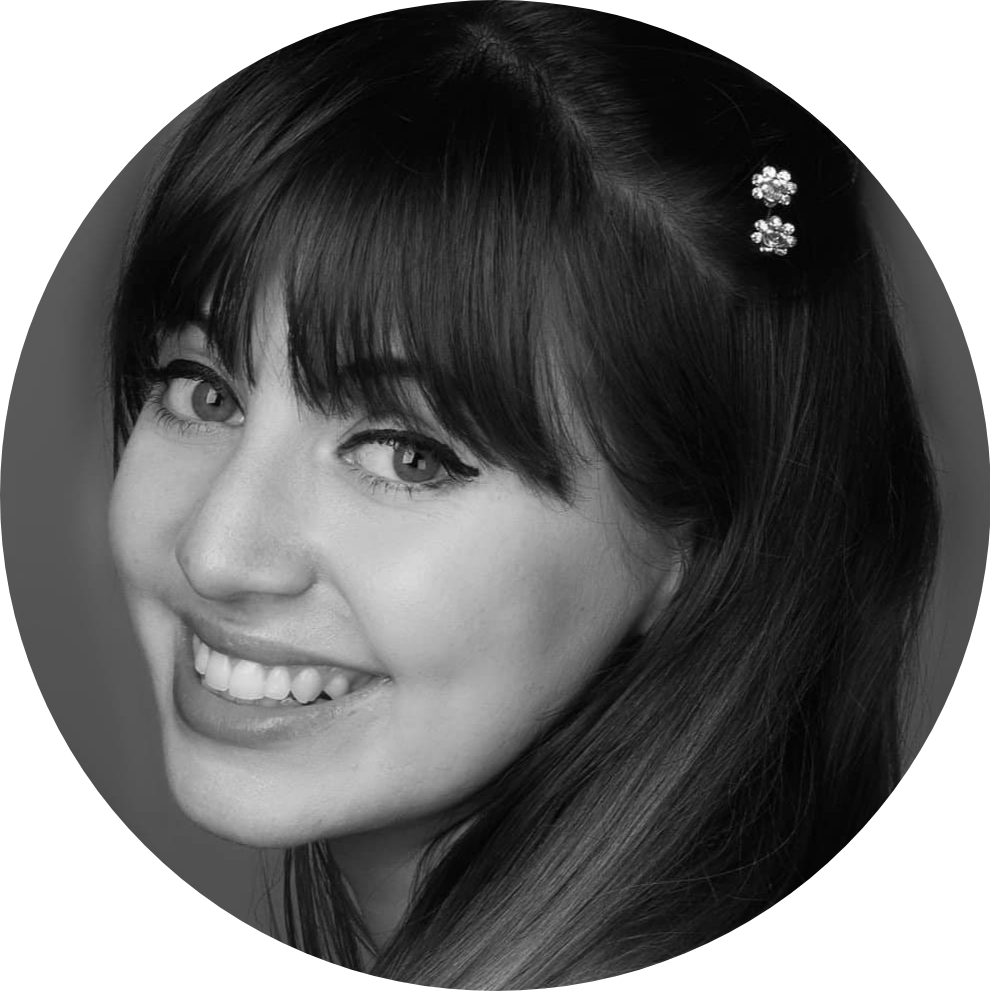
Charlotte is an award-winning writer and line/copyeditor who writes and edits for clients all over the world. She also works on the fiction team for Ambit, a UK literary and arts magazine.
She holds an international literary prize from Hammond House Publishing Group, two writing-related degrees, various marketing certifications, and training certificates from the Chartered Institute of Editing and Proofreading, of which she is a Professional Member.
Charlotte’s work has appeared in several anthologies, magazines, and literary journals, including Indigomania, Dream Catcher, and The Curlew.
She has also created a series of free self-editing cheat sheets to help new writers hone their fiction before sending their work off to a professional editor.
Progressive complications: the tool you need to write stronger conflicts
Conflict is essential to stories of all kinds. A story can’t exist with conflict. If your character could get whatever they wanted at the beginning of the story, there would be no reason to write it. Whether you’re writing a novel or a short story, conflict is what keeps your story going, what keeps the…
Where to start when plotting a novel
It’s arguable that the most important thing a novel should do is follow an arc of change. If nothing changes, do you really have a story? So, perhaps the first step to take when plotting your novel should be to decide, at the simplest level, what’s going to change. That’s easier said than done, but…
Why you should write scenes, not chapters, in your first draft
Plotting and writing a string of chapters long enough to fill a book is daunting. It’s impossible to know how many chapters you’ll need. And it’s impossible to order all of your chapters before you start writing and feeling your way around. That’s why it’s much easier to write your first draft in scenes instead…
How to write a love triangle
Although readers love a well-written love triangle, writing one is easier said than done. Love triangles that aren’t carefully plotted often end up predictable and clichéd. But when well developed and carefully thought out, love triangles can be great, moving plot devices that strengthen your story. What is a love triangle? A love triangle is…
3 ways to work out what your story theme is
I don’t need to know what my story theme is, I hear you say. Just let me crack on with my writing. I know. Hitting pause to think about your theme doesn’t feel like a priority when you’ve got all these great story ideas to get down on paper. Plus, some writers feel that identifying…
2 top strategies to write a great first sentence
Regardless of which genre you write, your first sentence needs to seduce your readers. Perhaps your first sentence is an invitation. A promise. A tease. A shock. A declaration. Whichever approach you adopt, this sentence must be irresistible. It must hook readers and pull them into the page. (Remember that lots of potential buyers read…
6 things to get right in your novel’s opening chapters
Writing a novel is a massive undertaking, regardless of how many books you’ve already written. And, no matter how many how-to books you’ve read and how many fiction workshops you’ve attended, it’s easy to miss the fundamentals when writing your opening chapters. When you submit your novel to an agent or publisher, they will almost…
How to write sensory details
When we include sensory details in our writing, we can evoke our readers’ senses of sight, sound, touch, taste, and smell. This is because painting a strong scene in your reader’s imagination helps them pull similar scenes from their own memories. Here, we’ll explore the science behind why evoking the senses can be so compelling…
What ‘show don’t tell’ really means
Lots of editors are quick to tell writers ‘show, don’t tell’. But this advice has been given so many times that we often forget to explain what it really means. I’ll break down the concept here so you can make the most of this advice. In brief, ‘telling’ is explaining what’s happening. Meanwhile, ‘showing’ is…
Using specific detail to bring your writing to life
Adding detail is essential to writing great fiction. But how specific is the detail in your manuscript? If I had received a pound for every time one of my writing tutors circled a phrase in my fiction with a note saying ‘specific detail please’ during my MA days, I’d be rich. There are likely lots…
